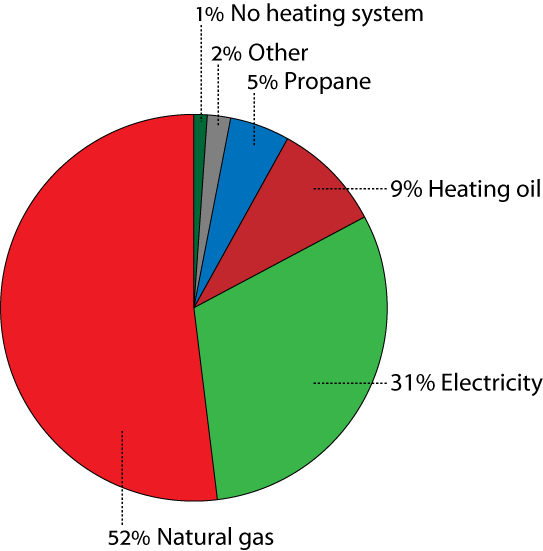Heating and Cooling Efficiently
According to the U.S. Department of Energy, keeping our homes and other buildings comfortable puts 150 million tons of carbon dioxide into the atmosphere each year, which contributes to global warming (Why We Need New Energy Sources explains how that nastiness happens). Heating and cooling also contributes to acid rain, which can change lakes' natural pH, making them more acidic, killing fish and other aquatic animals. Acid rain can also damage trees, statues and monuments, and even the paint on your car. And warming and cooling American buildings is responsible for 12% of the country's sulfur dioxide and 4% of its nitrogen oxides emissions.
When you hear numbers like that, it may seem like there's not much you can do to make a difference. But keep in mind that this eye-popping level of emissions didn't happen overnight: It built up one house at a time—and it can decrease the same way. More and more people are interested in lowering their energy costs, which also reduces harmful emissions and energy use. Whether your want to save the planet or some cash (or both), doing your share makes you part of a larger movement, one that can make a big difference.

According to the U.S. Census Bureau, more than half of Americans use natural gas to heat their homes. Natural gas is a good choice because it's more efficient and burns cleaner than other fossil fuels, ...
Get Living Green: The Missing Manual now with the O’Reilly learning platform.
O’Reilly members experience books, live events, courses curated by job role, and more from O’Reilly and nearly 200 top publishers.

